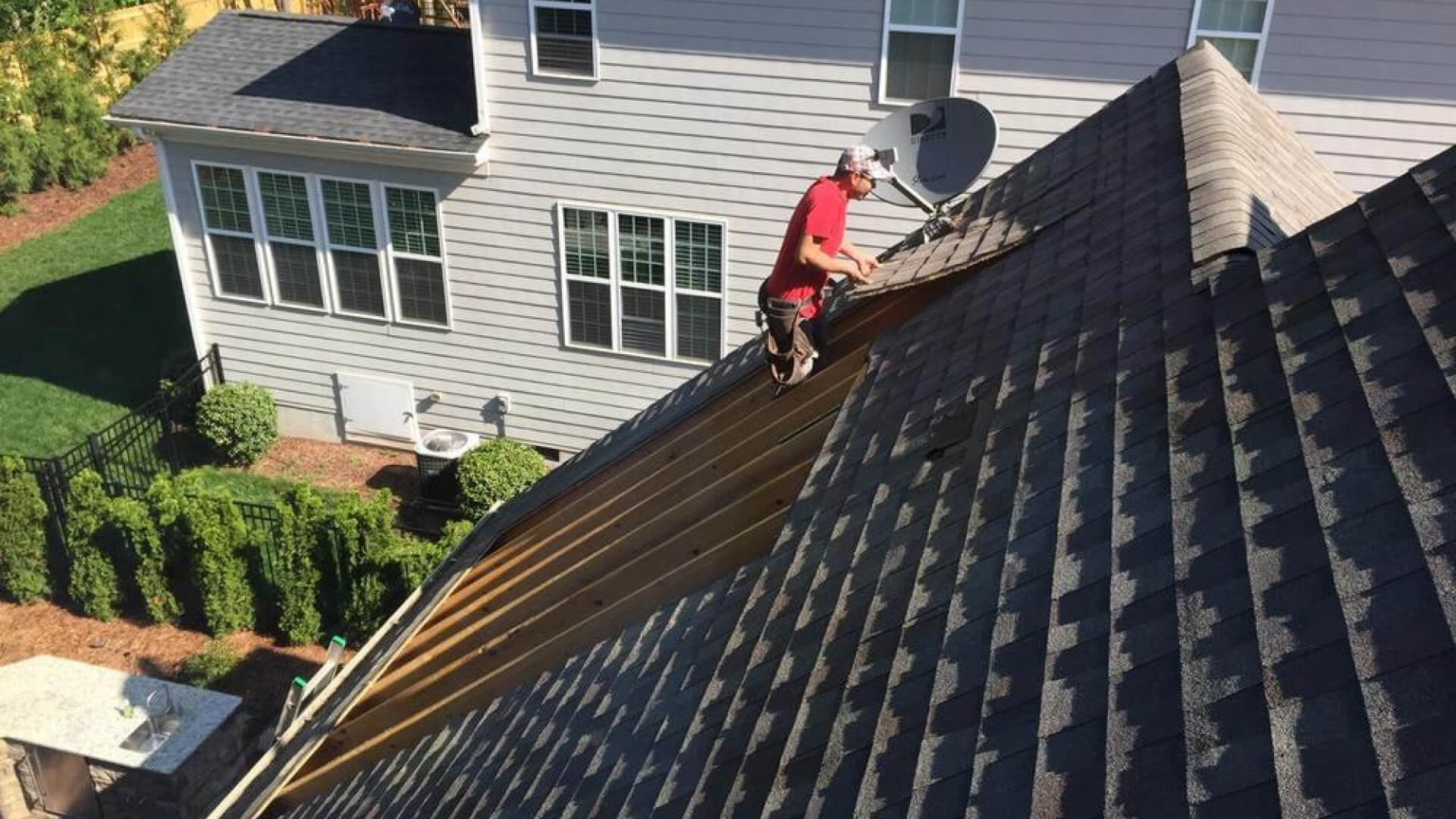
New Roofs
One of the most important first steps to going solar is checking the condition of your roof. Generally, if your roof is over 20 years old, you’re most likely going to have to replace it in the coming months or years. Even if your roof is only half that old, it may not make sense to install solar panels, only to be forced to replace your roof in a few years. If you need a new roof, we’ve got you covered! We can easily add a new roof to your solar project, and best of all roll it into the solar financing. That means no money out of pocket and your new roof may even qualify (at least in part) for the same 30% federal tax credit you get for going solar. If that’s not enough reason to get your roof done along with solar, consider this; your brand new roof will absolutely raise the value of your home AND we can often still save you money vs. your monthly utility bill.

Main Panel Upgrades
Most homes are already solar-ready, especially if it was built within the last 25 – 30 years. However, older homes will sometimes require a main panel upgrade in order to go solar. A good rule of thumb is this – as long as your main panel is at least 200 amps (sometimes even as low as 150 amps), you will most likely not need to upgrade your main electrical panel. But if that’s not the case, again we have you covered. We can easily include a main panel upgrade to your solar project, which also qualifies for 100% financing and the federal tax credit, raises the value of your home and can often still be less than your current electric bill every month.
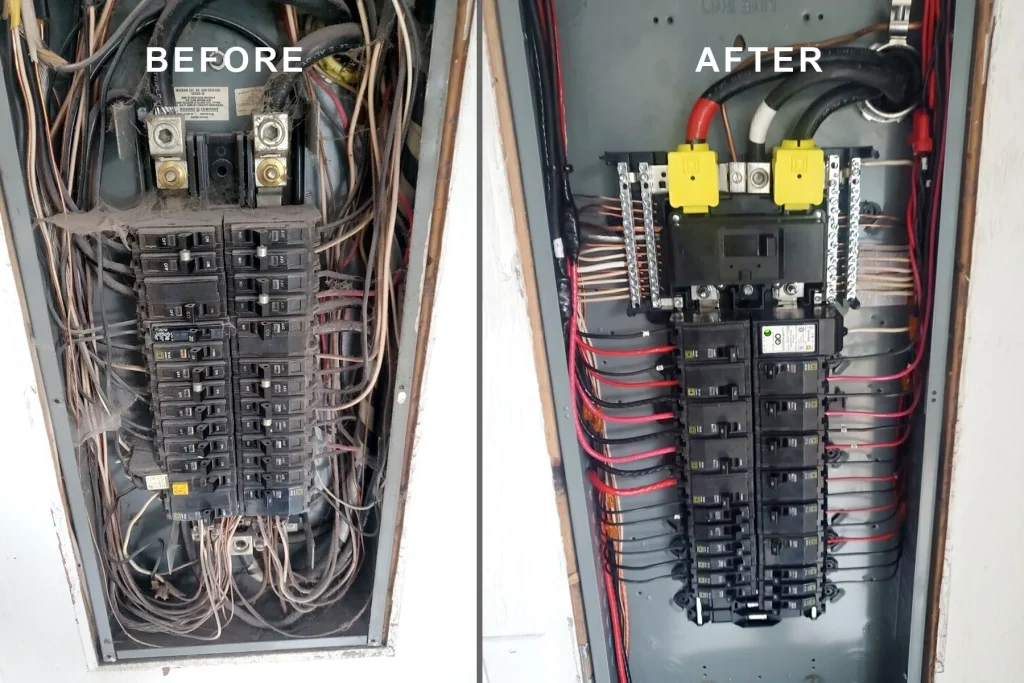

Solar panels
Depending on your location, the panels we use for your solar project will vary. But rest assured, our fully vetted installers only use the very best, most recent technology on the market. Here are just a few examples of the kinds of quality solar panels, inverters and battery backup technology we have to offer….
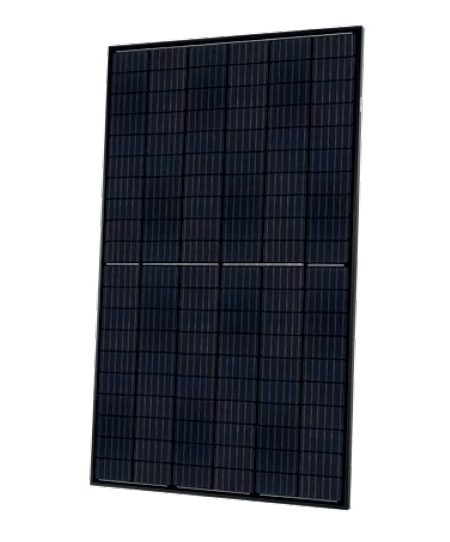
Hanwha Q-Cells
Specifications:
- Brand: Q.cells
- Rated Power: 385W
- Rated Power per Cell: 2.91W
- Efficiency: 19.4%
- Power Tolerance: 0/+5W
- Temperature Coefficient PMax: -0.34/Voc: -0.27
- Cell Type: Monocrystalline
- Panel Dimensions: 1879.0 mm L, 1045.0 mm W, 32.0 mm D
Connector Type: Stäubli MC4; IP68
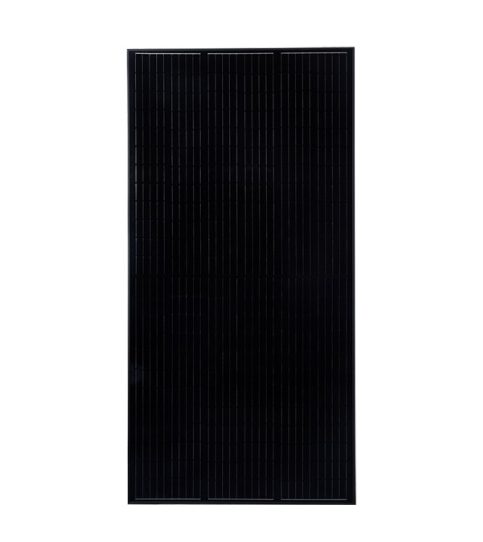
Aptos 440 Bifacial
Specifications:
- Brand: Aptos
- Rated Power: 440W
- Rated Power per Cell: 3.05W
- Efficiency: 20.21%
- Power Tolerance: -0/+3W
- Temperature Coefficient: PMax: -0.36/Voc: -0.29
- Cell Type: Monocrystalline
- Panel Dimensions: 1756.0 mm L/1039.0 mm W/35.0 mm D
- Cell Count: 144
- Connector Type: AWG
BATTERY BACK UP
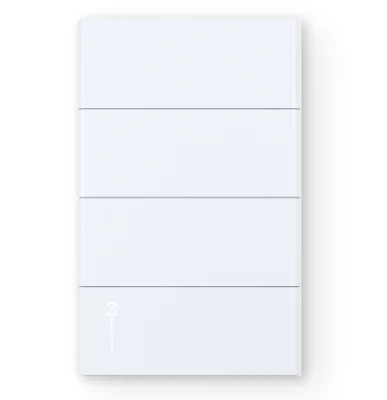
Moduly Whole Home
Modular Battery
2.5 kWH - 12.5 kWH
Specifications:
- Output AC Voltage: AC 110V (60Hz)
- Max Output Current: 15A @120VAC
- On-Grid Power: 2kW
- Backup Power: 2kW/ 4kW peak
- Energy Capacity 2.5 kWh up to 12.5kWh*
- Controller Size: 56.5 cm x 18 cm x 22 cm
- Controller Weight: 15 kg (33 lbs)
- Module Weight: 23 kg (50.7 lbs)*
- Mounting: Floor or Wal
- Material: Aluminum Housing
* Values are given per module, the system is capable to support up to 5
modules of 2.5kWh.
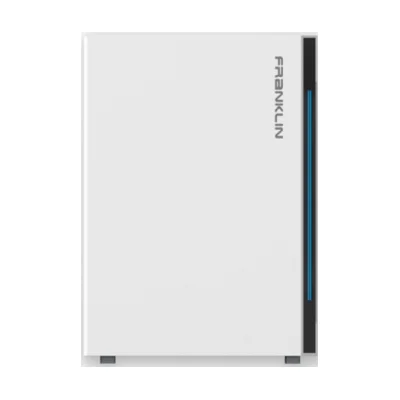
FranklinWH
Whole Home Battery 13.6 kWH
Specifications:
- Type Lithium Iron Phosphate (LiFePO4)
- Total Battery Energy 13.6 kWh per unit
- Scalable scalability up to 15 units* (204 kWh)
- Aggregate Throughput 43MWh
Communication Ethernet / 4G / Wi-Fi - Nominal AC Voltage 120V/240V, 60Hz
- Maximum Continuous / Peak discharge power (10s) 5kW / 10kW
- Maximum Supply Fault Current 20kA
- Switch over time (grid to micro-grid) <16ms
- Round Trip Efficiency 89%*
At beginning of life, AC to battery to AC, 50% power rating. - Inverter Topology Isolated
Noise Emission (optimal) <30dB (A) - User Interface FranklinWH ApplicationDimensions (W x D x H) 29.5″ W x 11.4″ D x 45.3″ H
- Weight 408 lbs
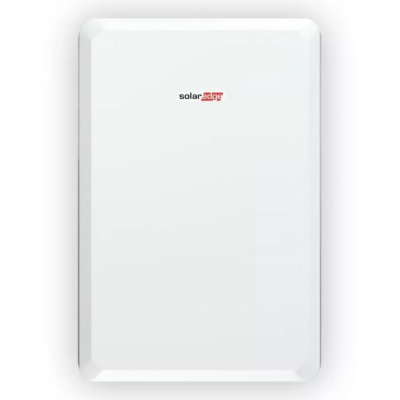
SolarEdge Energy
Bank 10 kWH
battery
Specifications:
- Usable Energy (100% depth of discharge): 9700 Wh
- Continuous Output Power: 5000 W
- Peak Output Power in Backup (for 10 seconds): 7500 W
- Voltage Range: 350 – 450 Vdc
- Peak Round trip Efficiency: >94.5 %
- Dimensions (W x H x D): 790 x 1179 x 250 mm
- Weight: 121 kg
- Operating Temperature: -10 to +50 °C
- Enclosure Protection: IP55 – indoor and outdoor
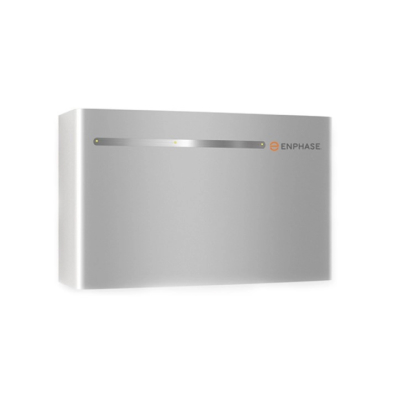
Enphase
Encharge
10 kWH battery
Specifications:
- AC Continuous Power: 3.84 kVA
- Nominal Voltage: 240 VAC
- Nominal Frequency: 60 Hz
- Rated Output Current: 16 A
- Interconnection: Single phase
- Round Trip Efficiency: 89%
- Usable Capacity: 10.5 kWh
- Maximum DC Voltage: 73.5 V
- Chemistry: Lithium iron phosphate (LFP)
- Weight (lbs): 346.0 (3x 97.4 + 53.8 cover/mount)
- Height (in): 26.14
- Width (in): 42.13
- Depth (in): 12.56
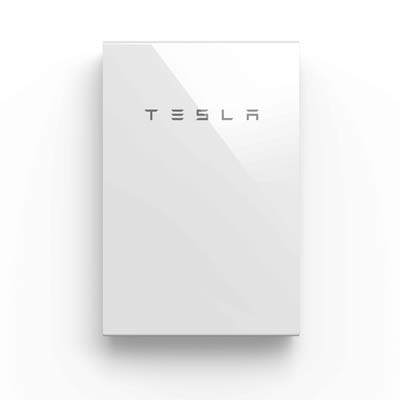
Tesla Powerwall
13.5 kWH
battery
Specifications:
- Nominal energy: 13.5kWh
- Usable energy: 13.5kWh
- Operating temperature range: -20 – +50°C
- Dimensions (mm): 755(W) x 1150(H) x 155(D)
- Net weight: 122kg
- Protection class: IP67
- Manufacturer: Tesla
INVERTER
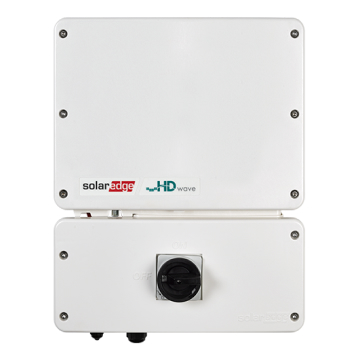
SolarEdge
Specifications:
- Small and lightweight at under 25 lbs
- Specifically designed to work with power optimizers
- Built-in module-level monitoring
- Highly efficient – 99% CEC weighted efficiency
- Up to 155% DC/AC oversizing allowed (SolarEdge recommends sizing the inverters down to 50% of nameplate – ie 5,000 watts of DC power needed when using their 10,000 watt AC inverter)
- Longer strings (up to 6,000W per string on SE7600H and higher)
- Integrated Arc Fault protection and Auto-Rapid Shutdown per NEC 2014/2017
- Faster commissioning with rapid pairing and 4 button touch panel
- Integrated consumption monitoring (Two external SolarEdge CTs (sold separately) are required to enable consumption monitoring)
- Utilizes thin-film capacitors vs. electrolytic capacitors -minimal heat loss, more reliable
- Outdoor and indoor installation
- UL1741 SA certified, for CPUC Rule 21 grid compliance
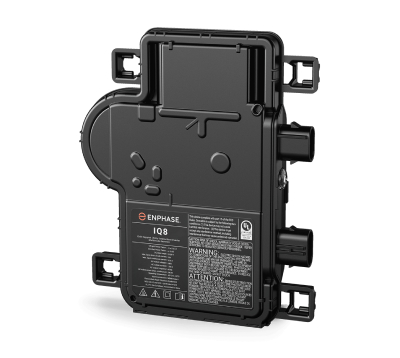
Enphase
Specifications:
- Peak output power: 245 VA
- Input power: 235 – 350 W
- Maximum continuous output power: 240 VA
- Operating range: 16 – 48 V
- Length: 212.00 mm
- Width: 175.00 mm
- Height: 30.20 mm
- Weight: 1.1 kg
Paradigm Shift Solar Testimonials
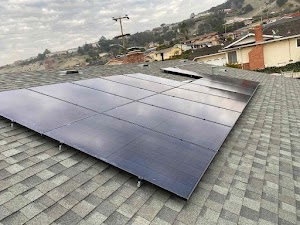
Everything about Solar Equipment
Solar equipment encompasses a wide range of technological components that enable the harnessing and utilization of solar energy. This includes solar panels, inverters, batteries, and charge controllers, each playing a crucial role in converting sunlight into usable electricity.
Key Solar System Components
A solar electric supply system comprises several essential elements that work together to convert solar energy into usable electricity. The key components of this system are:
- Solar panels: These capture sunlight and convert it into Direct Current (DC) electricity.
- Inverter: The inverter converts DC electricity into alternating current (AC) electricity suitable for household use.
- Racking and Mounting: Racks and mounting structures hold solar panels securely in place on rooftops, the ground, or any suitable location.
- Batteries (optional): For off-grid systems or energy storage, batteries store excess electricity for later use during cloudy days or at night.
- Charge Controller (optional): In off-grid systems, this component regulates the battery charging process to prevent overcharging.
These components form the backbone of a solar energy system, enabling a renewable source of power.
How to Choose the Most Suitable Solar Products
When selecting the most suitable solar products, consider a few factors. First, evaluate your energy requirements and the available space for solar equipment. Next, assess your budget and explore financing options if needed. Look for solar equipment that aligns with your specific requirements and needs. Seeking guidance from a solar expert or consulting a reputable solar installation company can also be beneficial.
Choose Paradigm Shift Solar for Components of Solar Panel Systems
When it comes to choosing the best solar system components, Paradigm Shift Solar is an excellent option. With a positive reputation and a commitment to quality, we offer a wide range of high-quality solar products. Our solar panels are sourced from well-known manufacturers, guaranteeing their efficiency in converting solar energy.
We are ready to guide you through every step of the solar panel system installation process, starting from the initial call to identify your personal needs and budget, to site surveys and launching your very own solar energy system. Choose Paradigm Shift Solar today to make your future energy-independent.
Solar equipment - FAQ
What are the different types of solar products?
There are many different types of solar products available, including:
- Solar panels: Solar panels are the most common type of solar product. They convert sunlight into electricity.
- Solar inverters: Solar inverters convert the direct current (DC) electricity produced by solar panels into alternating current (AC) electricity, which is the type of electricity used in homes and businesses.
- Solar batteries: Solar batteries store excess solar energy for use at night or on cloudy days.
- Solar thermal collectors: Solar thermal collectors absorb sunlight and convert it into heat, which can be used for heating water or space.
- Solar lights: Solar lights are powered by solar energy and do not require batteries or electricity.
What are the benefits of solar products?
Solar products offer a number of benefits, including:
- Reduced reliance on fossil fuels: Solar products can help you reduce your reliance on fossil fuels, which can help to improve air quality and reduce greenhouse gas emissions.
- Lower energy bills: Solar products can help you lower your energy bills, as they can generate electricity for your home or business.
- Increased property value: Solar products can increase the value of your property.
- Self-sufficiency: Solar products can help you become more self-sufficient in terms of your energy needs.
Are solar products a good investment for my home?
Yes, they can be a very good investment. Solar products can help you save on energy costs, contribute to reducing your carbon footprint, and in many cases, can increase the value of your property.
How much sunlight do I need for solar panels to be effective?
Solar panels are most effective in areas with high sunlight exposure, but they can also generate power on cloudy days. They do need daylight to operate, but they don’t necessarily need direct sunlight.
Can solar products be used in any type of building?
Yes, solar products can be installed in a variety of building types. However, the feasibility and efficiency of installation may depend on factors like roof angle, amount of sunlight, and local regulations.
Contact
Contact
113 N San Vicente Blvd Suite # 338, Beverly Hills, CA 90211,
United States
Phone: (323) 967-8530
Email: quotes@ps-solar.com
Company and Links
Social media
© 2023 Paradigm Shift Solar



